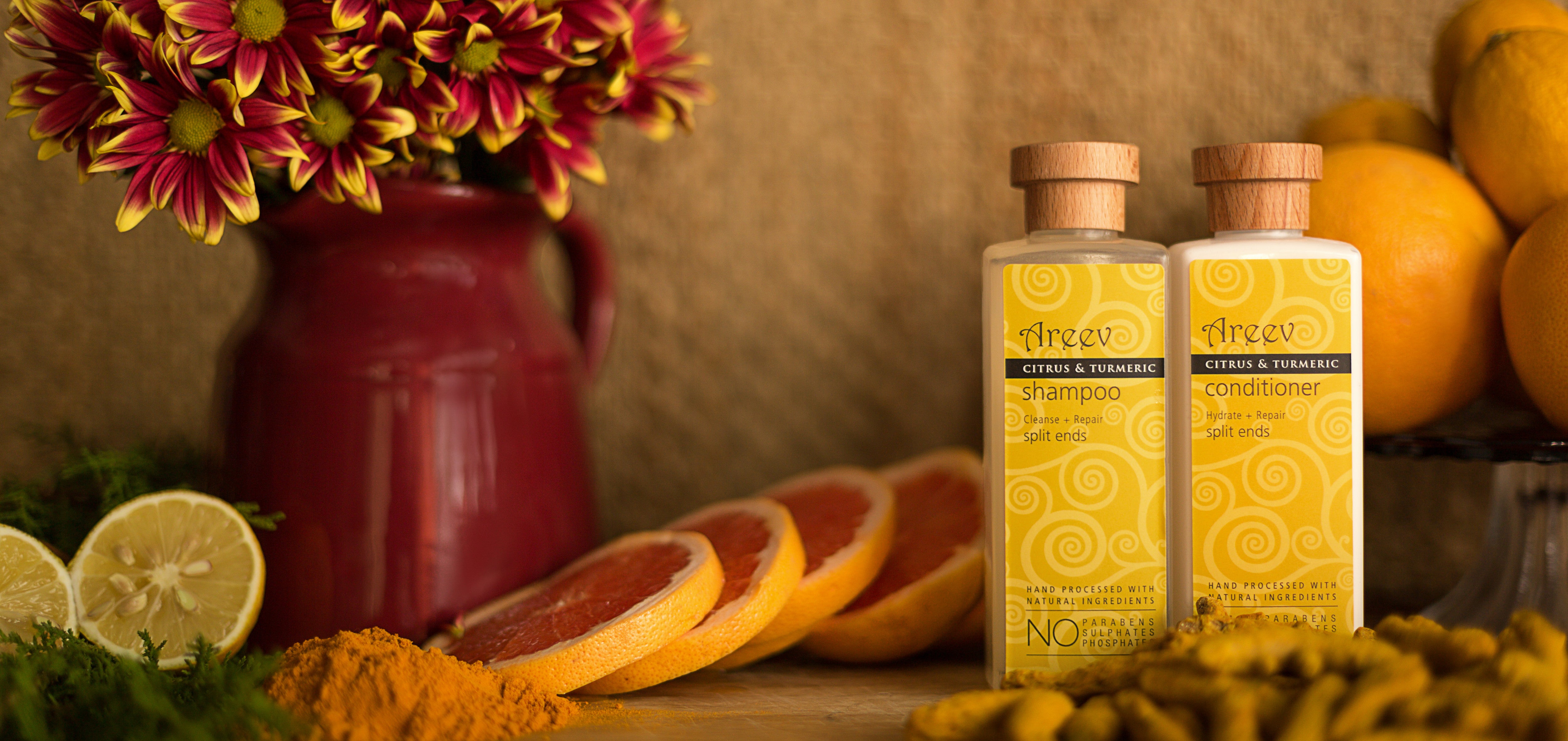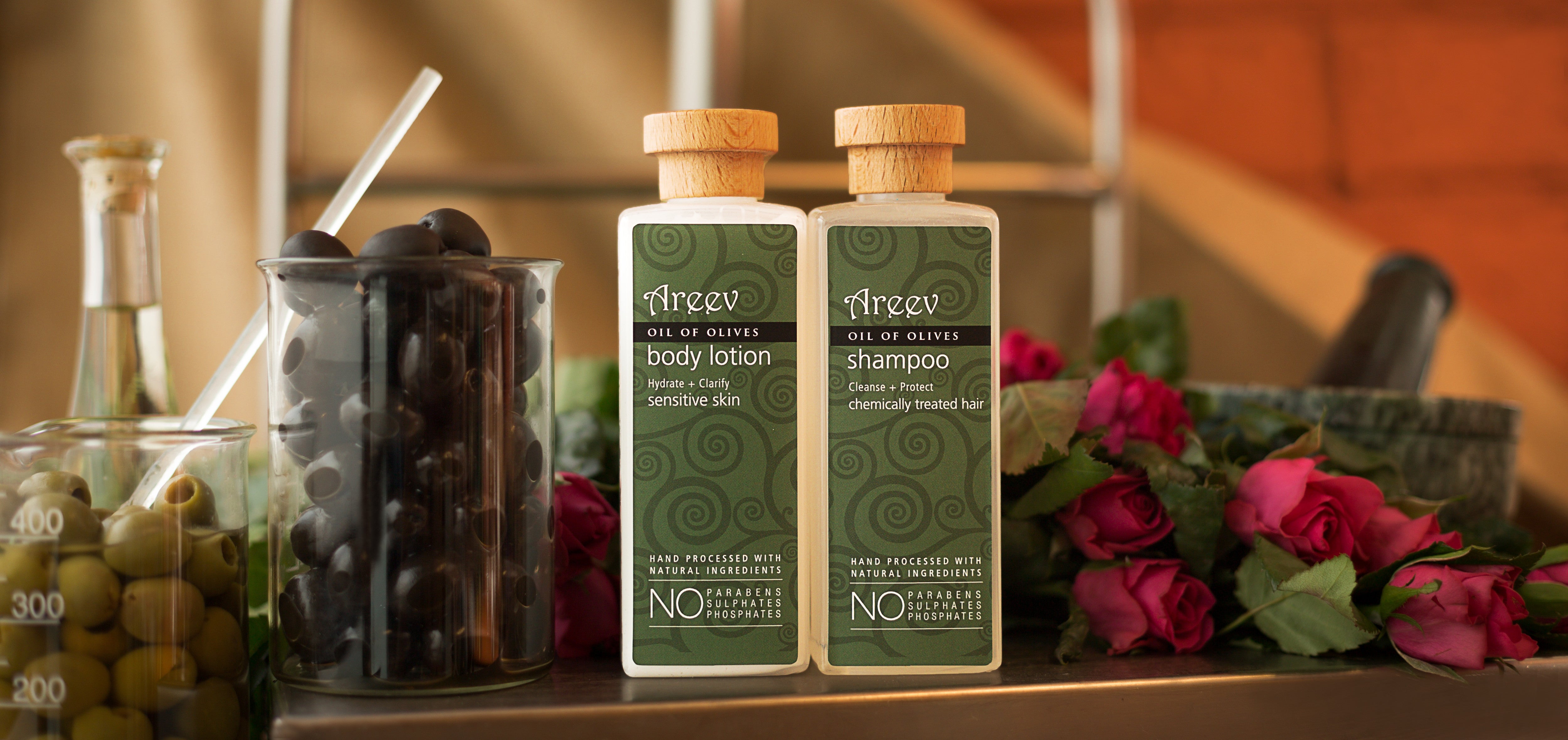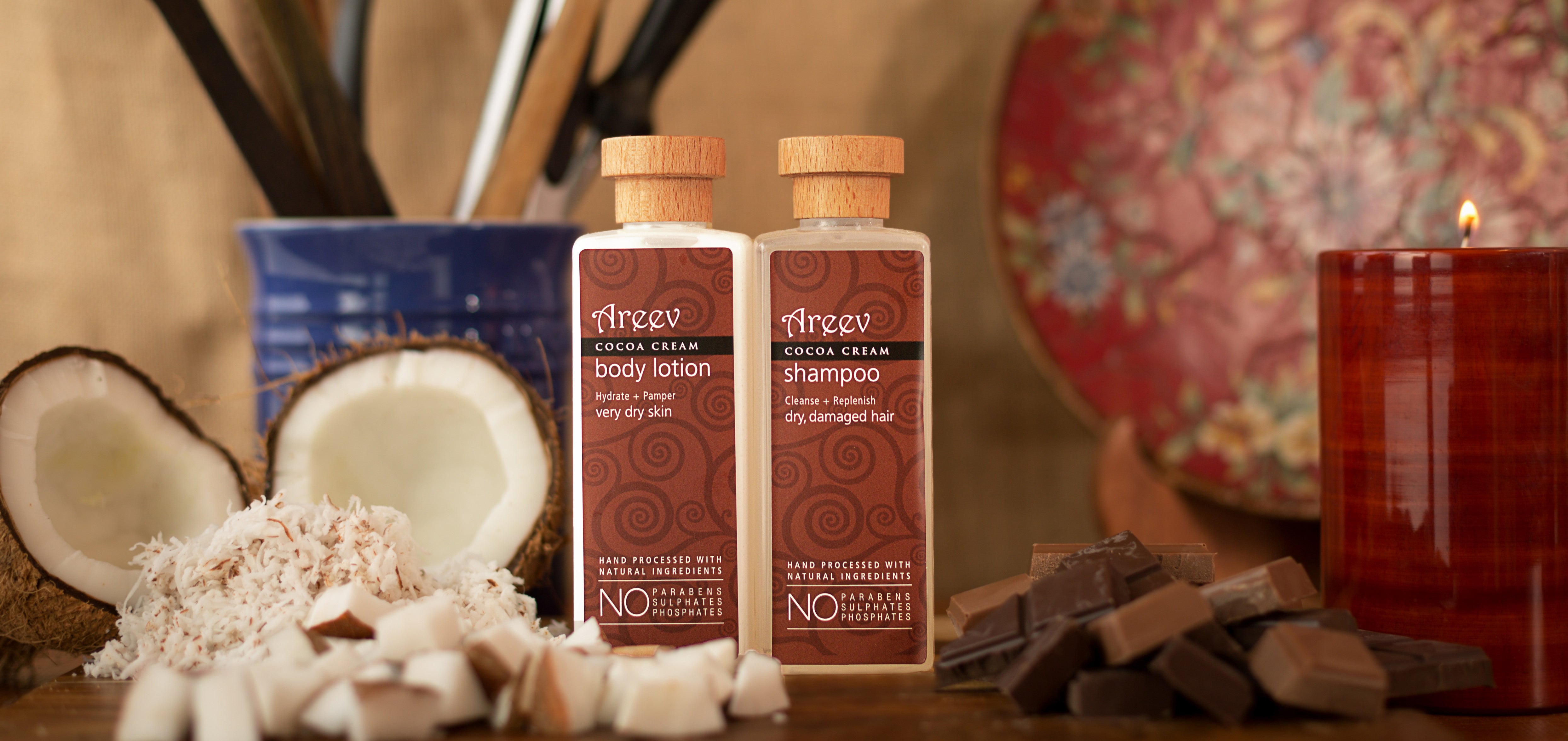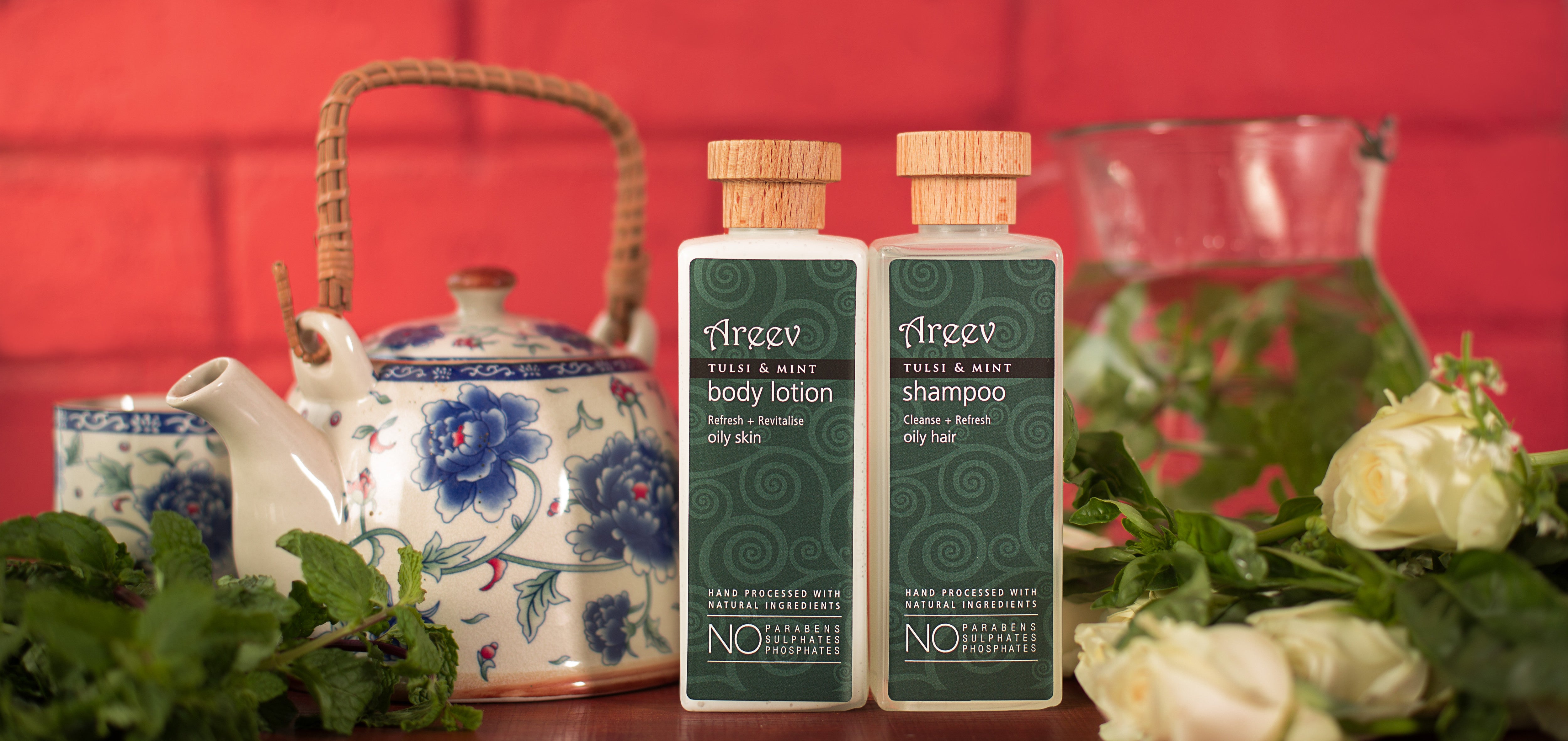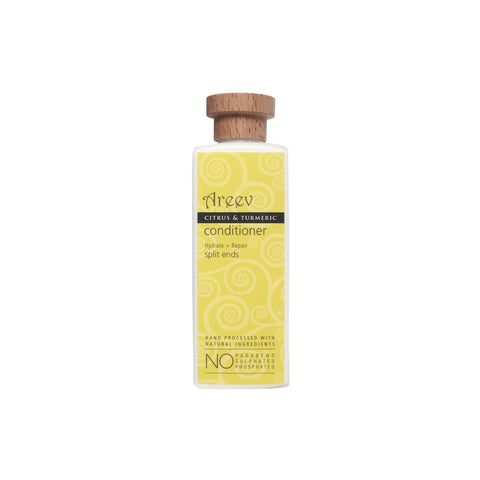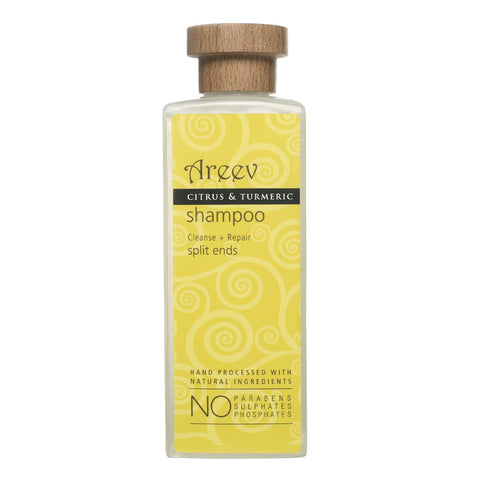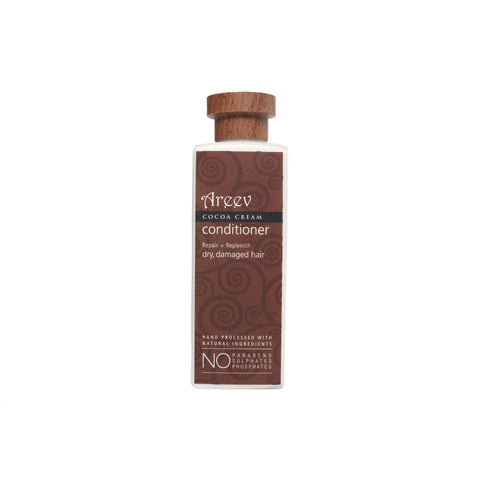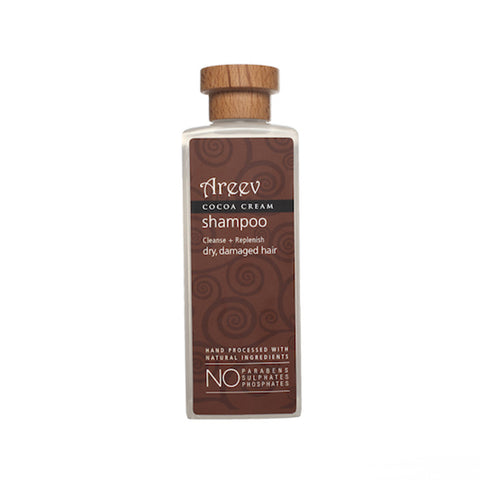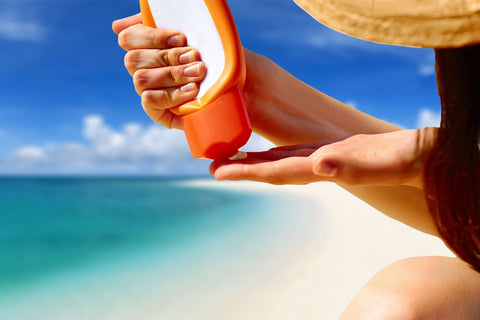
We just celebrated Shivratri here in India. For us it heralds the arrival of summer, that we know needs preparation for. Our skin is what we think of the least. Yes, we understand that prepping for summer includes staying hydrated and excercising. This year I’m putting SUNSCREEN on the list. Here’s all you need to know about finding what works best for you!
For those of you who don’t know, I’m pushing forty now and while the last two decades for me have been about natural and organic way of life: food, skincare, exercise, I find that sun protection is now a priority. I don’t yet make my own sunscreen product, and while I research it, here’s everything I do know about sunscreen.
Does organic Suncreen exist?
If you are like me, and are looking for Organic Sunscreen, you are unfortunately hunting for the unicorn of the sun protection industry. Organic sunscreen simply cannot exist and I’m hoping to articulate an explanation:
At present, for any product (read skincare, bath care and food!) to truly be certified “Organic,” all of its ingredients must be of food grade organic quality. They must literally be edible. I have searched high and low and there still aren’t any edible ingredients that could be considered by lab standards a sunblock. Shea butter is known to have sun protective qualities, however its efficacy pales in comparison to titanium dioxide and zinc oxide, which no one should ever eat.
In Europe, there is the Ecocert recognistiom. While this form of certification is much more akin to the realities of formulating a fantastic beauty product, it still is not enforceable in India.Not all ingredients must be edible, but they must be organically grown. (This makes MUCH more sense for skin care, but again in India there is almost no way to ensure that a product has been grown organically for at least , for this the soil should have been chemical and pesticide free for at least seven years.) There is ECOCERT Organic and ECOCERT Natural both of which are great standards you can trust. Ecocert from Europe has certified organic sunscreens by Lovea.
Having said this, the best sunscreens are not always chemical free. After all, the objective of sunscreen is to minimize the harmful effects of the sun on your skin.
When looking for a sunscreen, just know that there really isn’t any such thing as a chemical free product and that’s ok. There are oodles of products out there parading around calling themselves natural and chemical free. Natural? Maybe. Chemical free? Not in this life. If something calls itself chemical free, just know you’re being lied to. Water. Good old H2O, is scientifically speaking a chemical. (Di-hyrdrogen-monoxide in case you were wondering.) In truth, we want to avoid toxins, not chemicals. The first list below is a great guideline on what to exclude from your sun care regimen.
Ingredients to Avoid:
- OMC (octyl methoxycinnamate)
- Octocrylene
- Avobenzone
- Oxybenzone
- Homosalate
- Octinoxatre
- Octisalate
- Micronized and Nano Zinc Oxide and Titanium Dioxide
Ingredients that your skin loves:
- Coconut Oil
- Shea Butter
- Aloe Vera Gel
- Sunflower Oil
- Jojoba Oil
- Eucalyptus Oil
- Green Tea
- Vitamins D and E
HOW TO CHOOSE YOUR SUNSCREEN?
Given that we are now equipped with basic knowledge of sunscreen composition, its best to determine the function of sunscreen in your skincare regime , while choosing what works best for you.
SUNSCREENS FOR EVERYDAY USE
When I think of everyday use, I am talking about driving, running errands, playing tennis, going on a hike, or hanging at the pool. For these types of days I recommend a physical sunscreen with all natural ingredients. This means that the active ingredients will be titanium dioxide and or zinc oxide and the “non active ingredients” will be items you can pronounce such as, shea butter, coconut oil, jojoba oil, aloe vera gel, green tea and others. Green Tea both topically applied and consumed has some fantastic lab studies showing how well it fights cancer and helps repair damage due to UV over exposure.
And like all sun care, these products must be reapplied regularly throughout the day.
SUNSCREENS FOR OCCASIONAL USE
For the days when you are frolicking at your favorite exotic waterfall, spending the day at the beach or doing something extreme involving long periods of time in the water like snorkeling or kayaking, your best protection is unfortunately a combination of both a physical block and some help from the chemist’s lab. You are facing a trade off. The down side of occasionally using a less than totally natural sun block in addition to protective clothing is far smaller than the damage you would do to your skin with a burn.
For days when you have to use more intensive sun protection, make sure to use a good moisturizer on your body and face first before applying sun block. At the end of the day, make sure you give yourself a good heavy-handed cleansing and moisturizing.
For face, I am a huge fan of Photostable Sunscreen Gel. It’s available at the local pharmacy and was recommended by my dermatologist, Dr Nobbay. This stuff makes me wish I didn’t have to kick my less than natural product habit. It’s that good and it wears beautifully, just a little white. (Buyer beware. This product does have some parabens.) For body, I use Clinique.
CHEMICAL SUN BLOCKERS VERSE PHYSICAL SUN BLOCKERS
With sun care products, there are two kinds of ways to block the sun’s rays: chemically and physically.
There are man-made chemicals that can absorb the UV rays so we don’t have to. Recently there has been much concern that these chemicals are doing more harm than good. Some articles go so far to call these chemicals toxins, even carcinogens and irritants. They get absorbed into the body or are too effective at blocking the sun interfering with Vitamin D production. For all these reasons, opt for a physical sun block whenever possible.
The other kind of sun protection is ingredients like zinc oxide and titanium dioxide that block the sun the way an umbrella does, physically.
THE BEST SUNSCREENS DO NOT CONTAIN “MICRONIZED” OR “NANO” INGREDIENTS
When selecting a physical sun block, it’s important that none of the ingredients in your sun care product be ‘micronized’ or ‘nano.’ These are two words essentially meaning the same thing in reference to the very tiny size of the ingredient particles except one is smaller than the other. Think of it as small and smaller, micro and nano.
Several products will tout their nano or micronized ingredients because they wear on the skin better or because the company thinks it sounds cutting edge. Scientists still aren’t sure how safe these ingredients are and have two major concerns:
- These very tiny particles could potentially end up being absorbed into our skin and then into our bloodstreams and possibly end up in undesirable places like our livers.
- The other concern about nano and micro ingredients are their stability at such a small size. While nano science is a relatively new field of study, there is one concern that has been well documented. Substances on a macro scale do not behave the same way on a micro scale.
Since testing and licensing authorities like the Drug Control Department, does not require this information on product labels, the BEST way to determine if your sunblock is of the safer ilk is to both do a quick little patch test on your arm.If your non-chemical, physical block leaves your skin a little white, then chances are it’s fine. If it disappears completely, it’s most likely micronized. Choose the one that leaves you white-ish.
ONE LAST POINT!
One other popular ingredient to avoid is topical Vitamin A in its myriad forms. This popular antioxidant is known as retinyl palmitate, retinol, retinoid, and retin A. Studies have shown these topical ingredients not only increase sun damage, but when on skin exposed to sun, increases the likelihood of cancerous cell development, photocarcinogenicity. These ingredients may be found in your moisturizers and prescriptions as well as your sunblock. Though it’s touted as a popular topical antioxidant, it does your skin no favors in the sun. Avoid this ingredient in its myriad names altogether for any daywear.
(Note: this does not mean foods or oral “whole food” based supplements containing antioxidant vitamin A or beta carotene are harmful—in fact just the opposite! You just want to avoid putting vitamin A on your skin in a topical form.)
RECAP THE BEST SUNSCREENS FOR FUN IN THE SUN PROTECTION
- Let’s get physical! Always choose a non-micronized and non-nano physical sun screen.
- Look for yummy ingredients like Shea Butter and green tea.
- If you have to use a less than natural sun care product, be sure to moisturize before application and to properly wash it off.
- Reapply, reapply, reapply no matter if it’s completely natural or not.
The Best Skin of Your Life Starts Here: The same type of research used to create this article is also used to formulate Areev Skincare products. You’ll find products for all skin types and a range of concerns, from acne and sensitive skin to wrinkles, pores, and sun damage. With Areev’s Skincare, you can get (and keep) the best skin of your life! I can be reached at areev@matthan.com and I’m happy to help in any way that I can.

